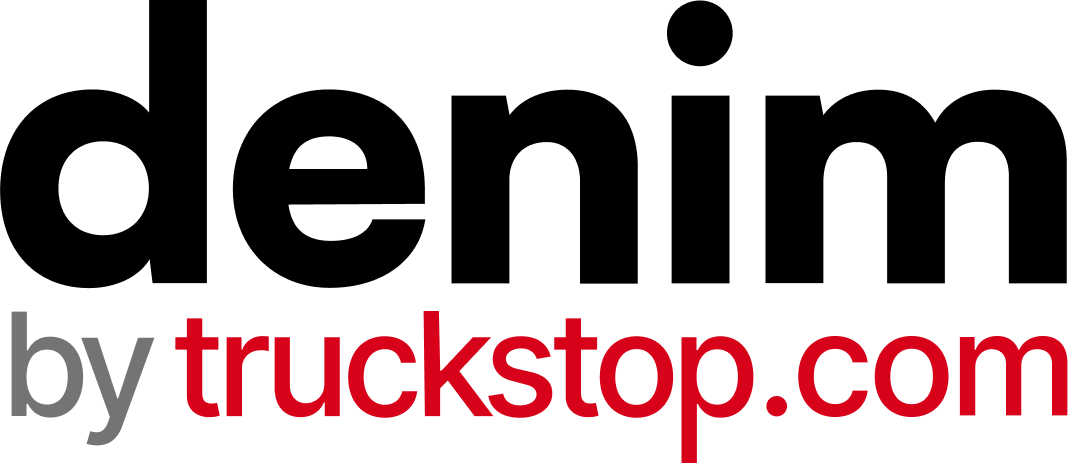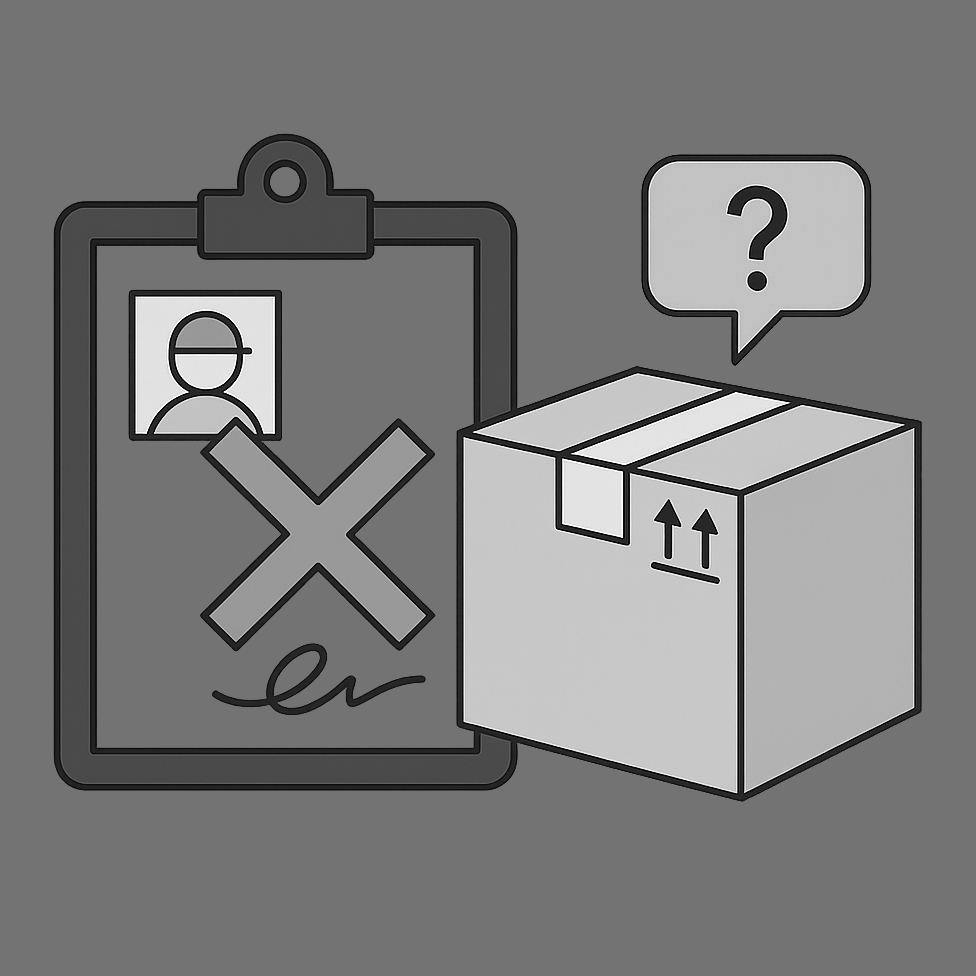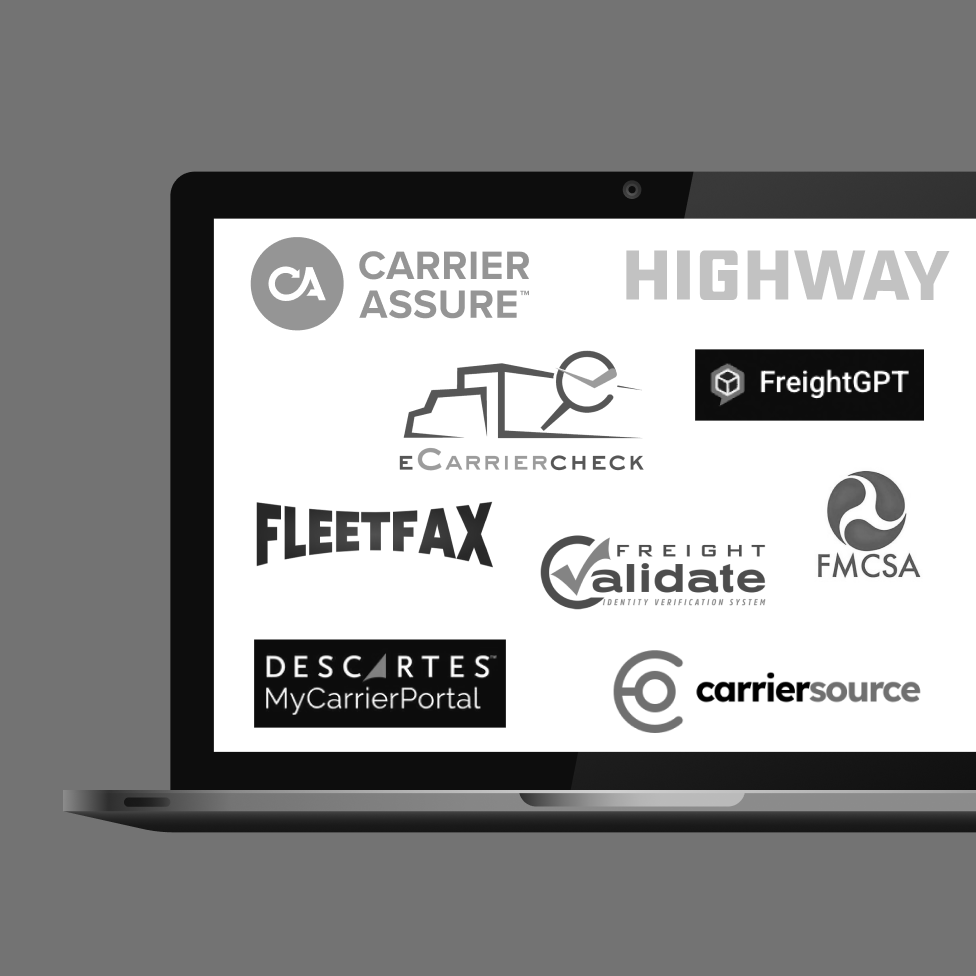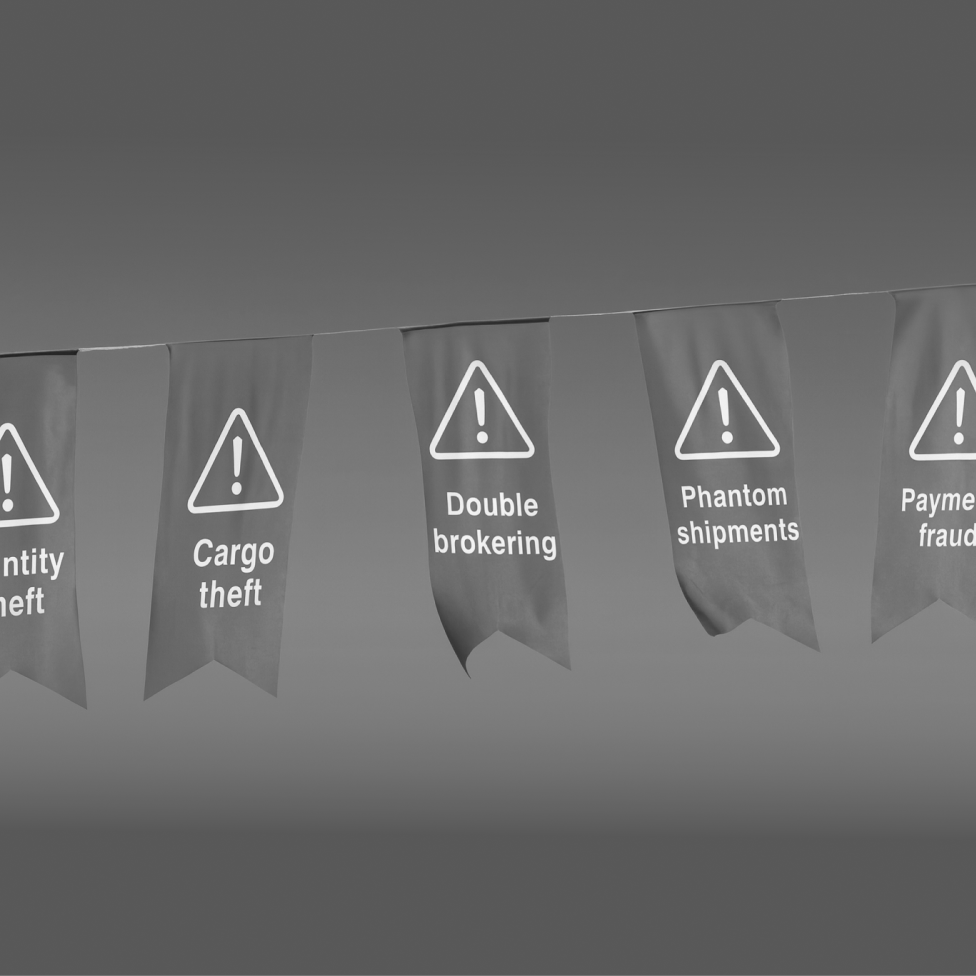What does it take to make a freight brokerage successful? Brokers juggle a lot, from maintaining excellent relationships with shippers to finding reliable carrier partners. But how a brokerage handles freight payments remains one of the most critical factors.
While every business in every industry requires intelligent financial decisions and processes, the nature of freight brokering means the payment process itself can serve as a make-or-break component in a brokerage’s success.
To ensure your brokerage will thrive, try following these six best practices for freight payments.
1. Be Prepared to Float 3 Months’ Worth of Business at Any Given Time
Broker success depends on ensuring on-time and accurate freight payments, but a broker’s expenditures and income tend to operate on different schedules. Generally speaking, most shippers will pay brokerages on net-30 or net-60 terms, while most carriers will expect a broker to pay on net-15 terms at the latest.
As a result, brokers must often spend a significant amount of money before seeing their own invoices paid. For this reason, most successful freight brokers have enough cash on hand to float the business for three months as a general rule. Building this liquidity into your financial model will help your freight brokerage mitigate risk and handle any unwelcome surprises – such as late payments from shippers – with relative ease.
2. Stay Liquid with Factoring
With that previous tip in mind, how exactly does a brokerage maintain three months’ worth of liquidity? Brokers may use a few methods to support this strategy, including loans, investments, and self-funded capital stores. Still, leveraging invoice factoring for freight brokers remains the easiest and most reliable way.
Invoice factoring occurs when a brokerage sells unpaid invoices to a third-party factoring partner. The factoring partner will pay out a lump sum for each invoice of the invoice’s total value. For example, Denim offers up to 90% advances. This portion of the payment gives the brokerage immediate cash on hand. Then, the factoring partner will recover payment from the customer. Once the customer pays, the factoring partner will deduct a percentage for its services — usually 1-5% — and pay the remaining balance to the brokerage.
3. Know the Types of Factoring Available to You
Factoring offers an effective means to stabilize cash flow without taking out loans. However, brokers should thoroughly understand the process before making a factoring arrangement. In particular, brokers should know the difference between recourse factoring and non-recourse factoring:
- Recourse factoring: If a customer doesn’t pay an invoice, the broker must repurchase the invoice from the factoring service.
- Non-recourse factoring: The factoring service assumes the risk of the customer’s failure to pay. If a shipper fails to pay, the broker keeps the cash advance.
While non-recourse factoring carries less risk for the broker, it comes at a higher cost since the factoring service takes a higher percentage of the invoice to make absorbing the higher risk worthwhile. Therefore, brokers must balance their financial needs with risk mitigation to determine which arrangement suits them best.
4. Pay Your Carriers Quickly
Every broker wants to be a partner of choice for carriers. This way, a firm ensures it always has access to the fleets it needs to move shippers’ freight on time and at a reasonable price. Staying in carriers’ good graces requires paying carriers as quickly and conveniently as possible. Many freight payment solutions, including Denim, now offer carrier QuickPay options that make it easy for brokers to pay carrier invoices immediately. However, did you know that as many as 90% of brokers lack fast, digital methods to pay carriers? When you rank among the 10% of brokers actually utilizing these solutions, carriers will prioritize your loads over the rest.
5. Be Clear About What Your Invoices Mean
Freight invoices aren’t always straightforward. In addition to paying freight rates, a brokerage may also have to pay a carrier for accessorial charges above and beyond hauling freight. How a carrier bills a brokerage will affect how the brokerage bills its shippers.
As a best practice, make invoices to shippers easy to understand, with a clear breakdown of each charge and its reason. That way, the shipper knows precisely what they’re paying for and that working with your brokerage remains a good investment.
Additionally, many shippers now use freight payment auditing services to keep costs under control. With crystal-clear invoicing, billing mistakes that require an arduous auditing process will disappear.
6. Don’t Handle Everything in House
Given the complexity of the freight payment process and the dynamic nature of the supply chain, managing financial transactions through old-fashioned spreadsheets just won’t cut it. There’s a lot of room for error in manual payment processing, and your billing department won’t be able to use efficient tools like QuickPay.
At least 75% of freight bills now get delivered electronically, so it makes sense for any freight broker to adopt a digital payment platform that allows them to keep up with the times. A reliable digital payment platform also makes it easier to send and receive payments, run financial reports, and exercise more control over brokerage cash flow.
Many modern digital payment platforms also integrate with transportation management systems (TMS), further streamlining operations and billing. In searching for the right digital platform for any brokerage, consider options that go beyond just a software solution.
Finding a freight payment partner that offers both digital tools and in-depth expertise can help you develop a freight payment process that truly works for everyone. For example, Denim provides many helpful services beyond digital payments, including factoring, automated invoices, managed collections, QuickPay, and more. A freight brokerage can transform the payment process from a nagging challenge into a strategic differentiator with a good partner and the right platform.
Effective Payment Is the Foundation of a Successful Freight Broker
Simply put, freight payment can be a hassle for many freight brokers — but it doesn’t have to be. By following these best practices, you can gain more control over your cash flow, keep shippers and carriers happy, and build a convenient freight payment process that sets your operation above the competition. If you’re interested in learning more about how Denim can help you grow your freight brokerage, we’d love to talk.

Denim’s automated solutions streamline your back-office operations. Explore our solutions to see how Denim can help your business scale efficiently.
There's a better way


.png)




